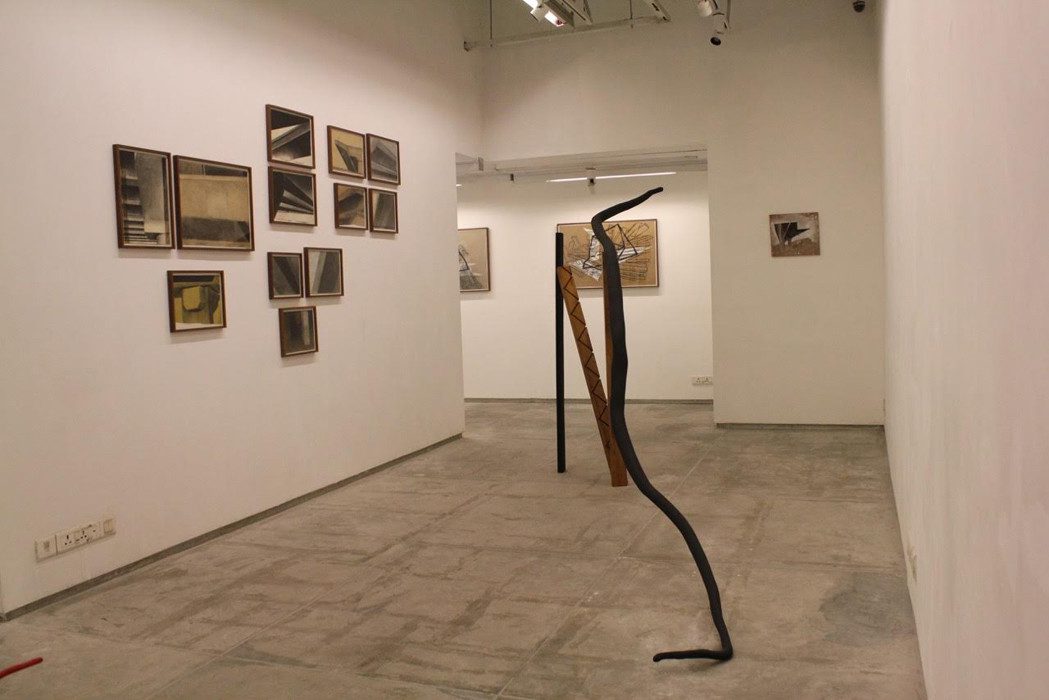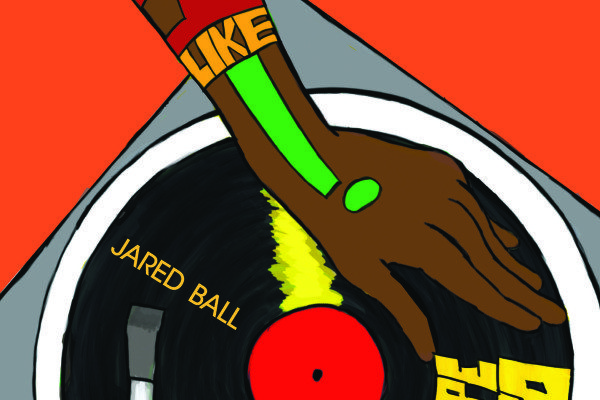Julien Segard’s solo show is an insightful analysis of aspects of our cities that we see but do not observe, says Eesha Moitra
In our bustling city life, very often we only see, but fail to register many of the quintessential features of a rapidly growing metropolis. Crisscrossing networks of flyovers, noisy construction sites, soaring buildings that obstruct light—these sights enter our visual spectrum, but are disregarded by us as distasteful and unimportant. It is this theme that forms the essence of Julien Segard’s solo exhibition, Anywhere But Here.
Born in Marseille, Segard moved to Delhi in 2010 and has been living there ever since. He couldn’t help but notice the stark contrast in landscape between the seaside city of Marseille and the urban jungle that is Delhi. His works in Anywhere But Here capture not only those sights that one would otherwise ignore, but also the co-existence of the natural and manmade in today’s urban communities.
As an artist, Segard aims at displaying before his audience that truth which people take the escape route from before accepting. His work—comprising paintings, sculptures and installations—explores how the sharp edges of urban structures are cut through by nature’s elements in response to the former’s encroachment upon the latter’s breathing space.
As an artist, Segard aims at displaying before his audience that truth which people take the escape route from before accepting.
The paintings are characterised by deep and powerful charcoal strokes; his subjects consist of forms such as the underbellies of flyovers and rising columns that threaten to block out light. Evident in his work is the conceptual inspiration he draws from the Italian Arte Povera movement of the 1960s.
Arte Povera literally translates into “poor art”, and this movement was characterised by the use of discarded materials such as scrap paper, wood, rope and canvas in an attempt to go back to the pre-industrial era. One of Segard’s paintings, part of a group of 12 called ‘Divide, Construct, Deconstruct’, is drawn on a scavenged page of a newspaper article titled, “la reconquête”—the recapture. The article is about the recapture of the French Algiers and it is almost as though the painting symbolises the recapture by nature of what rightfully belongs to it: the space now occupied by overwhelming, concrete structures. Another painting in the series is drawn on two pages of an old Classmate notebook.
The paintings are characterised by deep and powerful charcoal strokes; his subjects consist of forms such as the underbellies of flyovers and rising columns that threaten to block out light.
Contemplating on what makes Segard draw inspiration from the Arte Povera movement, I stumbled upon his interview with Vogue India, in which he states that he enjoys using castaway materials in his work, as he believes it is a form of “resurrection”. He is of the opinion that recycling goods gives the objects another story, different from the history it already carries with it.
The most striking work of this exhibition is its titular exhibit, ‘Anywhere But Here’. It is a large painting with an imposing presence and it looms large above you. Its shape, a huge square but for one of its slanted sides, makes it daunting and overpowering.
‘Under the Skin’, Segard’s pair of sculptural installations, also keeps with the theme of the Arte Povera movement. In the same interview, he held that he likes using natural materials in his work, complementing them with industrial or chemical products to create something equally aesthetic as disturbing. ‘Under the Skin’ is proof of this—the two installations consist of tree trunks painted red and black, each placed on a cluster of metallic objects, wooden supports and concrete slabs. Standing precariously, this piece of art is symbolic of the delicate balance between the natural and artificial.
Recycling goods gives the objects another story, different from the history it already carries with it.
Julien Segard claims Anywhere But Here serves the sole motive of visually documenting those images which escape our vision. However, one notices a constant attempt to emphasise on an important environmental issue in his work. Segard’s medium, content and style, all work simultaneously in successfully conveying the narrative to the audience; his work is not only impressive, but also awakening.
Anywhere But Here is on display at the Experimenter Gallery, Hindustan Road until 19 September.














